Men’s doubles World Champion Ko Sung Hyun went back to his badminton roots in the week following the 2015 All England. In the small northern village of Hwacheon, Ko spoke to Badzine about his beginnings in the sport and about the important upcoming year.
By Don Hearn. Photos: Badmintonphoto and Don Hearn
Ko Sung Hyun is a man of surprises. In a nation like Korea, where grooming of sporting talent happens at a very young age and junior badminton teams win more, on average, than the senior teams, no one expects late bloomers to shine so brightly.
Ko Sung Hyun never played internationally as a junior and yet he picked up a Grand Prix title on only his second trip overseas. Three years later, he had his first Superseries title and three years after that, he was #1 in the world.
He and Lee Yong Dae were still at the top of the men’s doubles rankings when, in the autumn of 2013, the Korean coaches announced they would be splitting their top pair. But far from fading into obscurity, Ko bounced back from an uncharacteristically inauspicious start with Shin Baek Cheol to emerge, 11 months later, as the third pair in their nation’s history to take the World Championship men’s doubles title home. And they did it by winning a nail-biting final against their compatriots and new world #1 pair Lee Yong Dae and Yoo Yeon Seong.
Six months on, Ko and Shin have been in just one more final, where they lost to Lee and Yoo, incidentally, and Shin’s knee injury has delayed the pair’s start to the 2015 season.
Speaking on the sidelines of Korea’s Spring Championships last week, Ko Sung Hyun described the challenges facing the new World Champions: “Baek Cheol and I have been playing together internationally for over a year now and I am sure that our opponents have had the time to analyse plenty of our match videos, so compared to when we first started, I’d say we get a very different feeling from the players who face us.”
The pairing that took its time
In fact, Ko’s partnership with Shin is unlike the majority of Ko Sung Hyun’s pairings. The two started playing together in domestic tournaments when Shin joined Ko at the Gimcheon City Hall team in 2012 but they were beaten several times that year by scratch pairings and didn’t mount a podium, even within Korea, until late 2013.
Ko’s regular pattern has been to explode onto the scene with a new partner. After winning his second and third tournaments with Kwon Yi Goo way back in 2007, it was in his very first tournament with Yoo Yeon Seong that Ko reached the 2009 Badminton Asia Championship final, after which he titled in his first ever outings with both Lee Yong Dae and Eom Hye Won (pictured below), in 2011. Then in 2013, he and current mixed doubles partner Kim Ha Na became Asian Champions in their first tournament together since their brief two-week stint two years earlier.
“I’m basically a doubles backcourt specialist and all of those I’ve been paired with have been players who excel at controlling the net area,” explains Ko. “Of course, I take responsibility for the shuttles that get sent to the back but it’s mostly my partners who have been managing things from the front.
“Also, I think opponents can sometimes have trouble reading my playing style and I wonder if that’s why I’ve had some success especially early in my new partnerships.”
With Shin’s injury this winter, Ko has had more experience with new partners. Although he and two-time Asian Junior Champion Choi Sol Kyu failed to light up the recent German Open or All England, they actually debuted in February by beating Japan’s top two pairs in a bi-nation challenge in Jeju Island. Then over the last week, he teamed up with singles star Son Wan Ho (pictured top) to win several matches that helped put the Gimcheon team in the national spring team final.
Ko made sure to downplay the importance of these results, however: “As for this week, it is still only a domestic event. Also, Wan Ho may be a singles specialist but he is not weak as a doubles player. He adapts quite easily to the faster doubles rallies and I think that’s why we’ve been able to win the matches we’ve played so far.
“When we beat the Japanese players in the Korea-Japan Challenge, we of course had the home court advantage. Also, I wouldn’t say the Japanese players were going all out to beat us. I think that’s why we were able to get the better of them.
“Baek Cheol’s knee has been bothering him so he’s back at the National Training Centre. He hasn’t had to undergo surgery or anything but he has needed the time off. I’m going to be playing with Sol Kyu for the next couple of Superseries tournaments and then after that, I’ll likely be able to start playing with Baek Cheol again.”
Back to roots?
The Spring Championship where Ko Sung Hyun spoke to Badzine was held in the tiny town of Hwacheon (pictured below) in Gangwon-do, Korea’s largest but second least populous province. Ko Sung Hyun says that Gangwon seems like home for him but it turns out that he has about as many hometowns as he has had successful doubles partnerships.
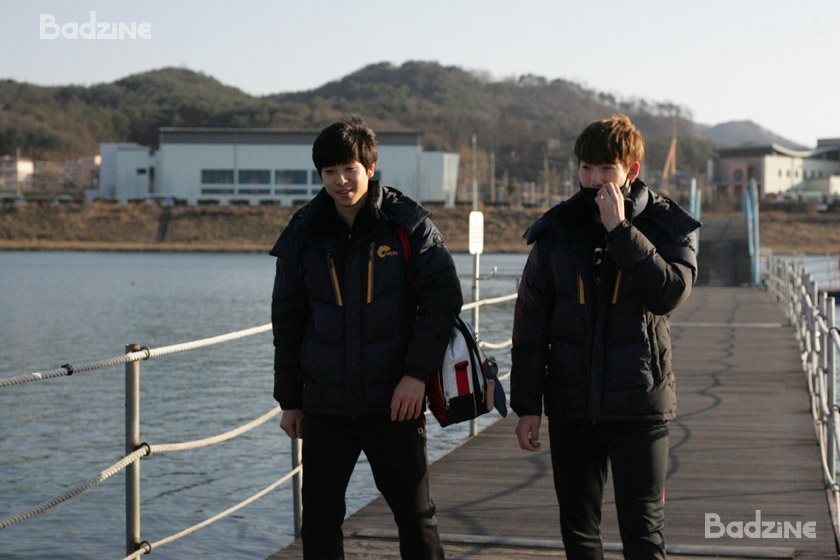
Baekseok University athletes Kim Hwi Tae and Im Ji Su returning to town on the floating footbridge from Hwacheon Gymnasium
“It’s true that Gangwon Province is where I started playing badminton, but my hometown is actually Goesan, in North Chungcheong Province. It’s totally countryside. Because of my father’s job, I ended up in Sokcho during elementary school and that’s where I started playing badminton. I was in Wonju for middle and high school.”
Although the coastal city of Sokcho just happened to have one of the elementary school badminton programmes that dot the Korean peninsula very sparsely, to continue playing into his teens, Ko had to move to Wonju, 150km to the southwest, which was home to the only middle and high schools in Gangwon Province with elite badminton programmes.
“Now my folks live in Ulsan, actually, so playing a tournament here doesn’t translate into a lot of relatives coming to see my matches or anything,” said Ko. “Still, since I started badminton in Gangwon-do, it does still feel like this is home ground, in a way.”
From weakling to World Champion
In a tale that is far from typical for Korean badminton stars, Ko had already left high school, and left Gangwon Province, when he finally got the chance to don a national jersey and represent Korea in an international badminton event. Hence, he did not participate when the best juniors in Asia descended on this same town of Hwacheon back in 2004.
“I was never on the junior national team. I just wasn’t that good a player when I was in high school. When I was playing on my university team, I learned a lot from training with the older guys and I improved a lot at that time.
“I was also lacking in power when I was younger so once I started growing stronger, my play really improved,” says the man who is now owner of two of the biggest biceps in world badminton!
“I think I was lucky that I had players to help me, and that I was able to get some key results and finally got my chance to prove myself with the national team. That also did a lot for my game: training and playing with the national team.”
Ko attended Dong-Eui University in the southern port city of Busan. At the end of his first year there, he reached the semi-finals of the Korean Nationals with Dong-Eui team-mate Lee Soon Cheol, who had also been a year ahead of Ko on their middle and high school teams.
“I played with Kwon Yi Goo when I was first with the national team. He was already really good when he was younger and we played on the same team in middle and high school but he also made the junior national team.”
Rio, Rio
In 2013, when Lee Deuk Choon made his first foray overseas as Head Coach of the national team, Ko picked up his very first title with Kim Ha Na (pictured), the only other player on the team who had never been under Lee’s tutelage during his decade at the helm of the junior national team.
“Ha Na’s case was a little different,” says Ko. “She used to play singles but after she switched to doubles, she really came into her own. In my case, I was always concentrating on doubles but it just came together for me a little later in my career.”
Ko’s men’s doubles partner, too, made the same switch and while Ko was taking his first steps on the national team in 2007, Shin was winning the boys’ singles title at the German Junior, then switched to doubles just in time to reach the mixed final of the Asian Juniors that year, then to win the boys’ doubles titles at the 2007 World Juniors.
All are accomplished senior players now, though, and are firmly set on their quest to write their names in the history books in doubles, which Ko hopes will include a full chapter for the Rio Olympics.
“Now I’m looking forward to the Olympic qualifying period, which starts in May,” says Ko. “We really see it as a race between Baek Cheol and me and Sa Rang and Ki Jung to see who can finish as the #2 men’s doubles pair for Korea. Right now, we have the higher ranking so that gives us an edge at the start. It’s just a matter of maintaining that level.
“I am determined to play hard to try to qualify in mixed and also in men’s doubles,” says the only man who earned tickets to Dubai in two disciplines last year. “I hope that if I can play hard then maybe I can qualify in both, so that’s what I’m focussing on now.”
![Ko Sung Hyun – This champion can win with anyone Men’s doubles World Champion Ko Sung Hyun went back to his badminton roots in the week following the 2015 All England. In the small northern village of Hwacheon, Ko spoke […]](https://www.badzine.net/wp-content/uploads/Newsflash-thumbnail.png)
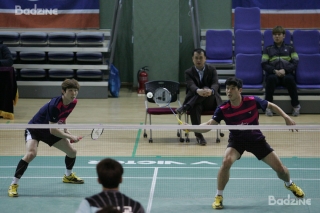
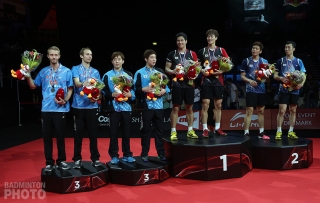
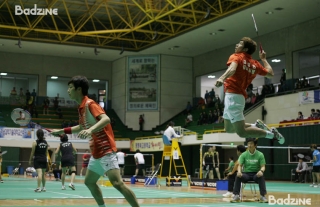
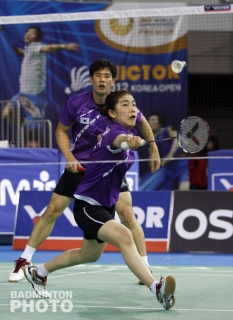
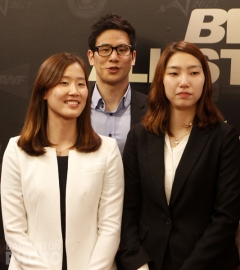
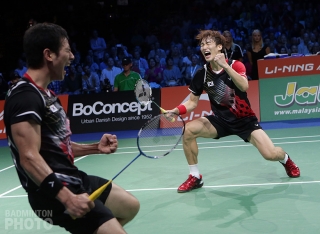
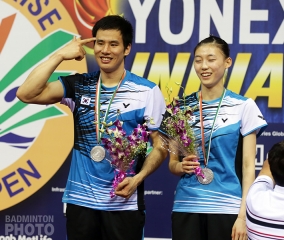
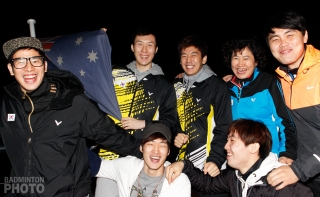
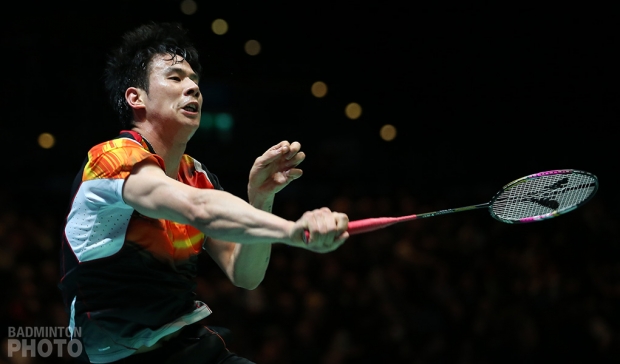

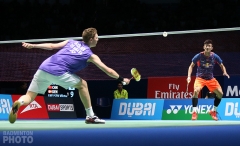
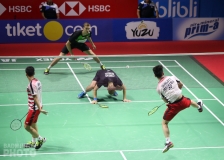
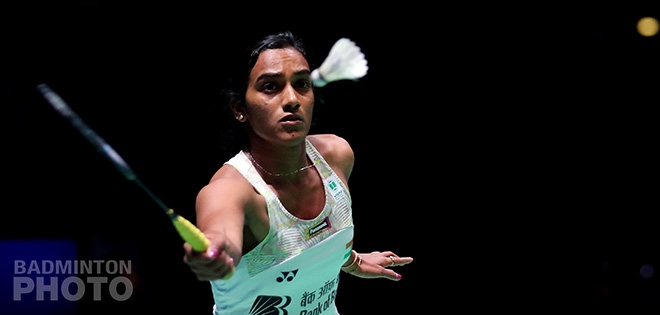
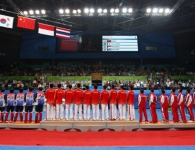
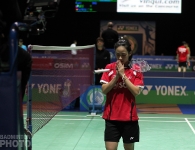
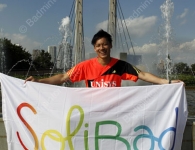
Leave a Reply